Oil price posts two-year highs - but how long can it last?
Brent rose above $59 a barrel this week, its best third-quarter showing since 2004
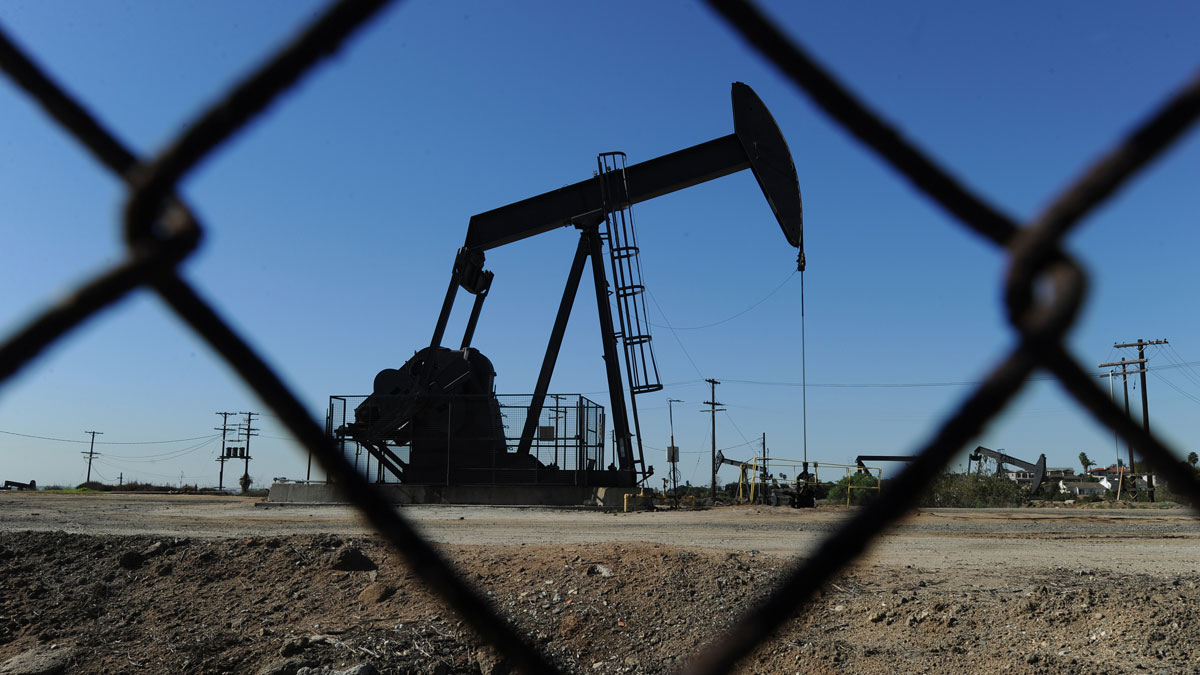
Oil price: record bets on prices falling further
11 January
Oil prices slumped back towards their lowest levels in almost 12 years this morning and traders are placing record bets on prices falling further in the coming months.
International benchmark Brent crude gave up gains made at the end of last week, when it recovered to a little above $34 a barrel at one point, after more evidence emerged of waning demand in China, one of the biggest oil consumers in the world. The price dipped as far as $32.50 a barrel, around 40 cents above the near 12-year low of last week.
The Week
Escape your echo chamber. Get the facts behind the news, plus analysis from multiple perspectives.

Sign up for The Week's Free Newsletters
From our morning news briefing to a weekly Good News Newsletter, get the best of The Week delivered directly to your inbox.
From our morning news briefing to a weekly Good News Newsletter, get the best of The Week delivered directly to your inbox.
Chinese markets crashed more than 5 per cent overnight, triggered by a 46th consecutive month of deflation in "factory-gate" prices for goods. This is suggestive of weak demand that would signal slowing growth and weaker oil consumption, adding to fears resulting from the depreciation in the renminbi, which makes dollar-denominated oil and its derivative products more expensive.
Reuters cites data showing that purchases of oil had already begun to fall in China last November, the last month for which data is available. In a note late last week, Barclays said that implied oil demand had fallen 4.7 per cent month-on-month in November, or 2 per cent compared to the same month in 2014. The bank expects further declines this year.
Slowing demand adds to concern over a global supply glut at a time when output is exceeding purchases by around one to two million barrels a day, hitting prices as a result. This is before the increase in Iranian production expected in the near future and in the wake of a diplomatic schism between Iran and Saudi Arabia that has knocked hopes of a deal to limit exports.
As a result of all of this, speculators are convinced the price is only likely to head down. Amid predictions that prices could fall to $25, $20 or even lower, institutional investors have increased their net short position – bets that prices will fall – to an all-time high.
A free daily email with the biggest news stories of the day – and the best features from TheWeek.com
Some bullish analysts, however, suggest the oil price may, in fact, have stabilised and that improvements in the US economy will prevent further sharp falls. "The strong job data from the US last week should help keep the prices from bleeding further," Daniel Ang, a Phillip Futures energy analyst, told the Wall Street Journal.
Oil price: don't get excited, it's just a 'technical correction'
08 January
The oil price has recovered somewhat after its latest crash, with international benchmark Brent crude rising close to 6 per cent from its latest trough to above $34 a barrel.
A rally began after oil slumped to a near 12-year low of just above $32 a barrel on Wednesday, in the wake of the latest figures pointing to resilient US production even as a supply glut drags prices to unprofitable levels. It was given added impetus overnight in Asia, as equity investors in the key China market recovered their poise after a week of turmoil.
But analysts have been quick to caution against reading too much into the increase. "The rebound is just technical correction; there are hardly any positive news in sight," one Singapore-based trader told the Wall Street Journal.
The latest price drop was caused by the escalation of tensions between Saudi Arabia and Iran in the wake of the execution of senior Shia Muslim cleric Nimr al-Nimr. While this briefly drove prices higher, the prevailing view became that it would prevent the powerful Opec cartel, of which both countries are members, from agreeing on production cuts to support higher prices. In fact, most experts think it is likely to make the situation much worse.
Iran is about to emerge from years of international sanctions and stands ready to bring 500,000 additional barrels of oil per day to a market already oversupplied to the tune of up to two million barrels. The country already has "customers lined up", especially in Europe, Dr Fereidun Fesharaki, a former oil adviser to the Iranian Prime Minister and now chairman of consultancy FGE, told The Times.
This is triggering a price war that is adding further weight to prices. Reports have emerged that Saudi Arabia is slashing prices for its crude in Europe to try and prevent its customers buying from Iran as the market becomes another forum for what has been dubbed an "economic war" between the two countries.
Oil prices could fall as low as $25 a barrel when Iranian oil exports surge in the coming months, said Dr Fesharaki, while others have predicting it could go as low as $20 or even below.
Oil price crashes to $33 - and could go as low as $18
07 January
The sharp jump in the oil price to close to $39 a barrel on Monday, in the wake of the execution of a senior Muslim cleric in Saudi Arabia that prompted sectarian violence and a stand-off with Iran, seems like a long time ago.
Since the rally ran out of steam in the afternoon session on the first day of the week in New York, oil has been tumbling and yesterday, it crashed to the latest lows for more than a decade. The first milestone saw international benchmark Brent crude fall below $35 for the first time since 2004 in mid-afternoon in London, while in the overnight trading sessions in the US and Asia, it eventually hit a near 12-year nadir just above $32.
Traders have bucked the historic trend of buying into oil futures when Middle Eastern tensions rise because there is now a broad consensus the unrest is as likely to be a harbinger of greater oil supply, rather than less. Saudi Arabia and Iran are key members of the powerful Opec cartel and the diplomatic breakdown will surely prevent any harmony on policy to end the global oil glut.
Adding to the bearish picture was the latest set of data from the US energy watchdog. Although overall crude oil stockpiles in the country fell last week, Reuters notes the report revealed reserves of derivative distillate products – in some respects a better gauge of supply relative to demand – soared by 16 million barrels.
Worse, the BBC adds that output from US shale oil rigs actually rose to more than 9.2 million barrels a day. The turf war being fought by the world's oil giants was supposed to have crushed expensive-to-produce shale and thus rebalanced the market, but extractors are proving far more resilient to loss-inducing low prices than anyone had thought possible.
So how low will oil go? Paul Stevens, professor emeritus at the University of Dundee and a Middle East specialist, predicted in a BBC interview that shale production would not slow down meaningfully until prices fall below $25 a barrel - and perhaps even as low as $20. This echoes the forecasts of analysts including Goldman Sachs late last year.
Again Capital founding partner John Kilduff, meanwhile, told CNBC that prices could even break below $18 a barrel if Iranian sanctions are lifted as expected in the coming months and the country ramps up exports. A price war is getting underway already in Europe as Saudi Arabia discounts to shore up market share.
For now, though, the price has stabilised and Brent was slightly above $33 a barrel in London trade this morning – and it is widely acknowledged that any major escalation of the Middle East conflict that has a tangible impact on supply could send prices spiralling higher.
Oil price: three reasons it has fallen below $35 a barrel
06 January
Renewed hostility between Saudi Arabia and Iran, two major military powers in the Middle East and two of its most significant oil producers, might have been expected to boost a weak oil price.
Typically when unrest erupts in the region, the oil price surges as investors worry output will be affected. But while both the US and international benchmarks did surge as much as 4 per cent on Monday, this proved to be short-lived and Brent crude, the gauge that defines prices around the world and for exports from the North Sea, hit a new 11-year low around $35.70 a barrel this morning.
As the day has gone on the rout has gathered momentum and in fact both Brent and its US counterpart West Texas Intermediate have fallen below $35 a barrel. This is the first time the international benchmark has been below this threshold since 2004.
Here are three reasons prices have bucked historical trends:
1. Tension could be negative, not positive, for supply
In a market that is heavily oversupplied, attention has been focused on the policy decisions of the powerful 13-nation Opec cartel that accounts for the majority of global production. Saudi Arabia and Iran are the first and third largest producers in Opec respectively; a diplomatic schism undermines hopes they will agree on a coherent strategy.
In fact, the two countries could worsen the situation by ramping up production to take market share and revenues from each other. A decision by Saudi Arabia this week to cut prices to European buyers, with which Iran had strong ties before it was excluded from global financial markets, is seen as proving this point, notes Oilprice.com. It also, of course, increases the quantity of discount crude floating around.
2. Oversupply is still the big issue
What this means is that the excess supply fundamentally remains the dominant issue in the market. Output exceeds demand by as much as two million barrels a day at the moment – and that is before Iran adds hundreds of thousands of new barrels when sanctions are lifted in the near future.
A Reuters poll of analysts is predicting a rise in stockpiles in the US of up to 500,000 barrels when official data is published later today. Reserves are already at record levels around the world.
3. Concern over demand amid China slowdown
Finally, the data coming out of China on its economy continues to underwhelm. Earlier this week, a survey of managers revealed manufacturing activity is likely to have contracted for the tenth consecutive month in December while yesterday, new figures showed growth in the services sector could have stalled.
China is one of the world's largest oil consumers, so this prompts worries over demand that needs to remain high to eat through persistently high supply. Add into the mix the unseasonably warm winter weather that is being brought about by the El Nino phenomenon, which is resulting in reduced demand for power for heating.
Oil price swings wildly: where will it go next?
05 January
Oil prices "swung violently on the first trading day of 2016", reports the Financial Times, as renewed conflict in the Middle East failed to quell concern over persistent oversupply.
And prices did surge early on: US benchmark West Texas Intermediate rose 3.4 per cent in the Asian session while international counterpart Brent crude bounced 2.4 per cent to around $38 a barrel. The rally gave way early in European trading, sending prices briefly into the red, before later picking up where it left off and pushing Brent on towards $39 a barrel at one point in the afternoon.
But then, again, enthusiasm waned and both benchmarks slumped back to losses for the day on Wall Street. At one point, Brent was as low as $36.85 a barrel while this morning in London, it was hovering around $37.
Part of the reason the increases did not stick is that the rally was exaggerated by short-covering as hedge funds and other money managers - which, the Wall Street Journal notes, have been betting on lower prices - shifted positions quickly. But ultimately these institutional investors remain unconvinced the issues in the Middle East will have any impact on an ongoing global supply glut.
In fact, some reckon it could worsen the situation as it will prevent the powerful Opec cartel, of which both Saudi Arabia and Iran are senior members, from taking concerted action. "An agreement to cut production has already eluded Opec for more than a year; this latest disagreement seems to put it further out of reach," Bhushan Bahree of research firm IHS told the New York Times.
Overall, the Journal notes the wild swing and eventual fall in oil proves that "political unrest in the Persian Gulf… is no longer a sure-fire source of price gains at a time when there is close to a record amount of crude available in storage and continued robust production in the US".
But, the paper adds, investors will still likely react strongly if production were to be hit or shipping lanes were to be disrupted. The reality of a shock to supply could "quickly send oil prices shooting higher", it says.
-
 How drones have detected a deadly threat to Arctic whales
How drones have detected a deadly threat to Arctic whalesUnder the radar Monitoring the sea in the air
-
 A running list of the US government figures Donald Trump has pardoned
A running list of the US government figures Donald Trump has pardonedin depth Clearing the slate for his favorite elected officials
-
 Ski town strikers fight rising cost of living
Ski town strikers fight rising cost of livingThe Explainer Telluride is the latest ski resort experiencing an instructor strike
-
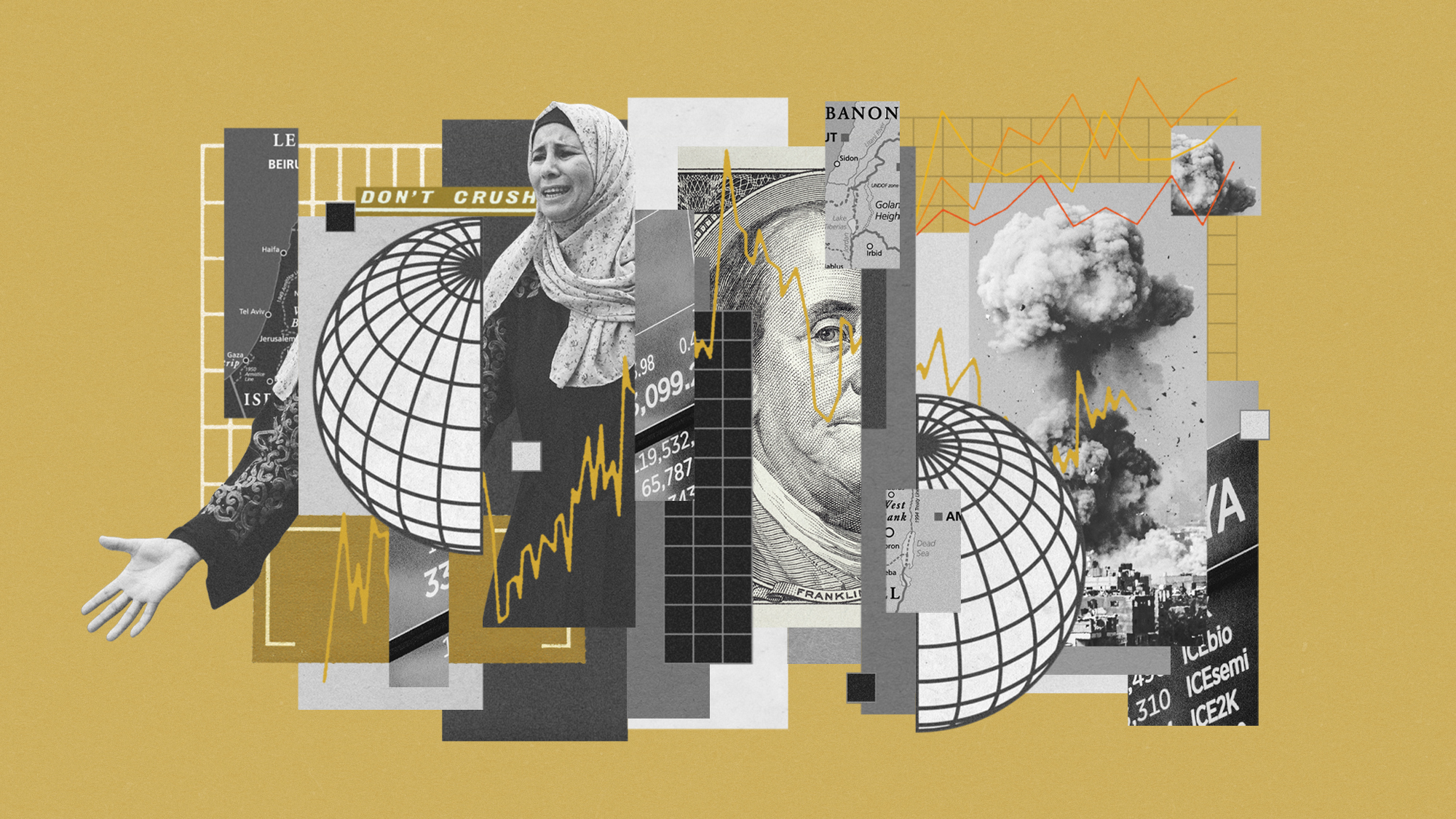 How might the Israel-Hamas war affect the global economy?
How might the Israel-Hamas war affect the global economy?Today's Big Question Regional escalation could send oil prices and inflation sky-high, sparking a worldwide recession
-
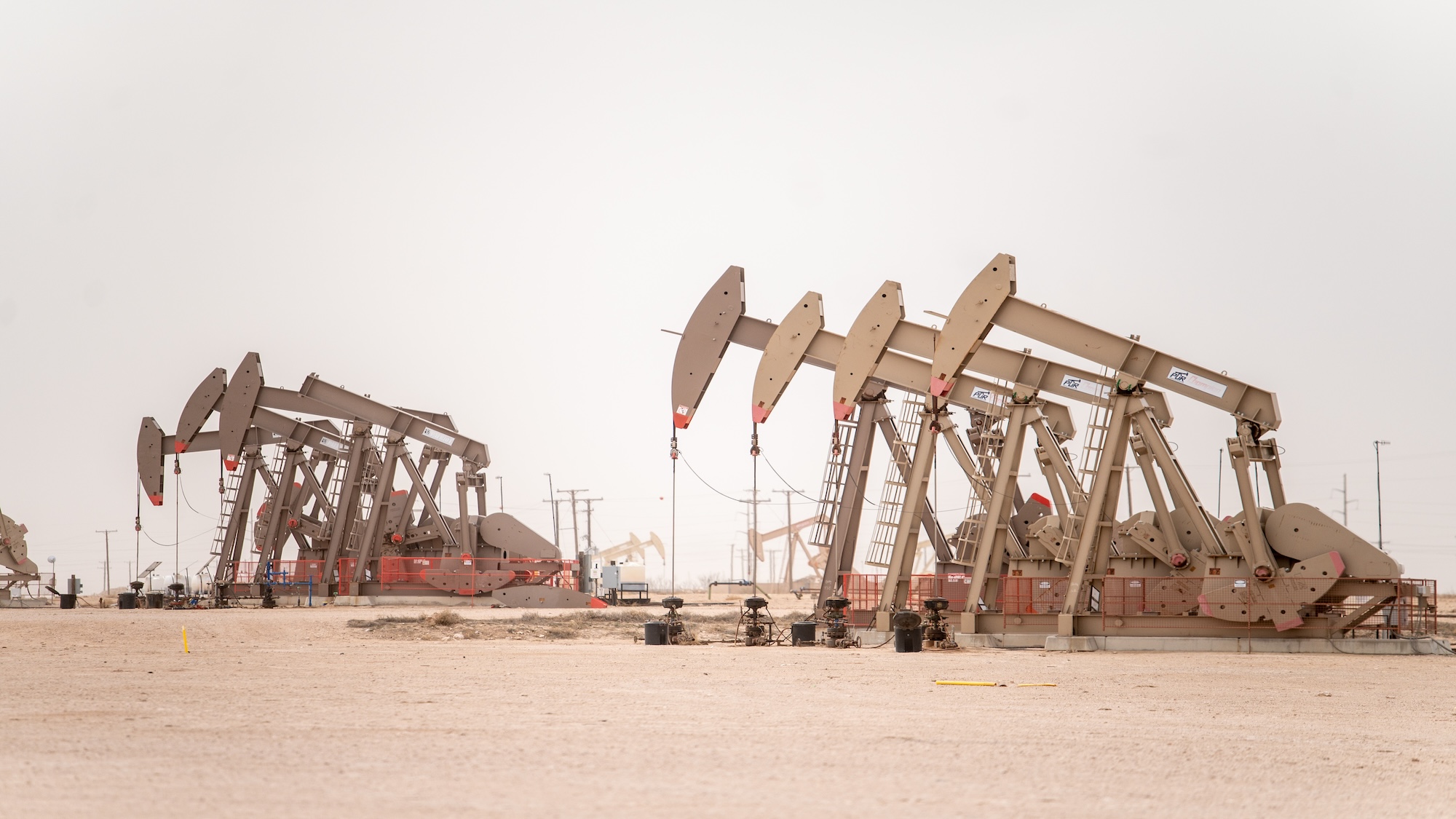 Recent mega-mergers could signal a turning point for the US oil industry
Recent mega-mergers could signal a turning point for the US oil industryTalking Point Both Chevron and Exxon have recently spent billions to acquire smaller oil companies
-
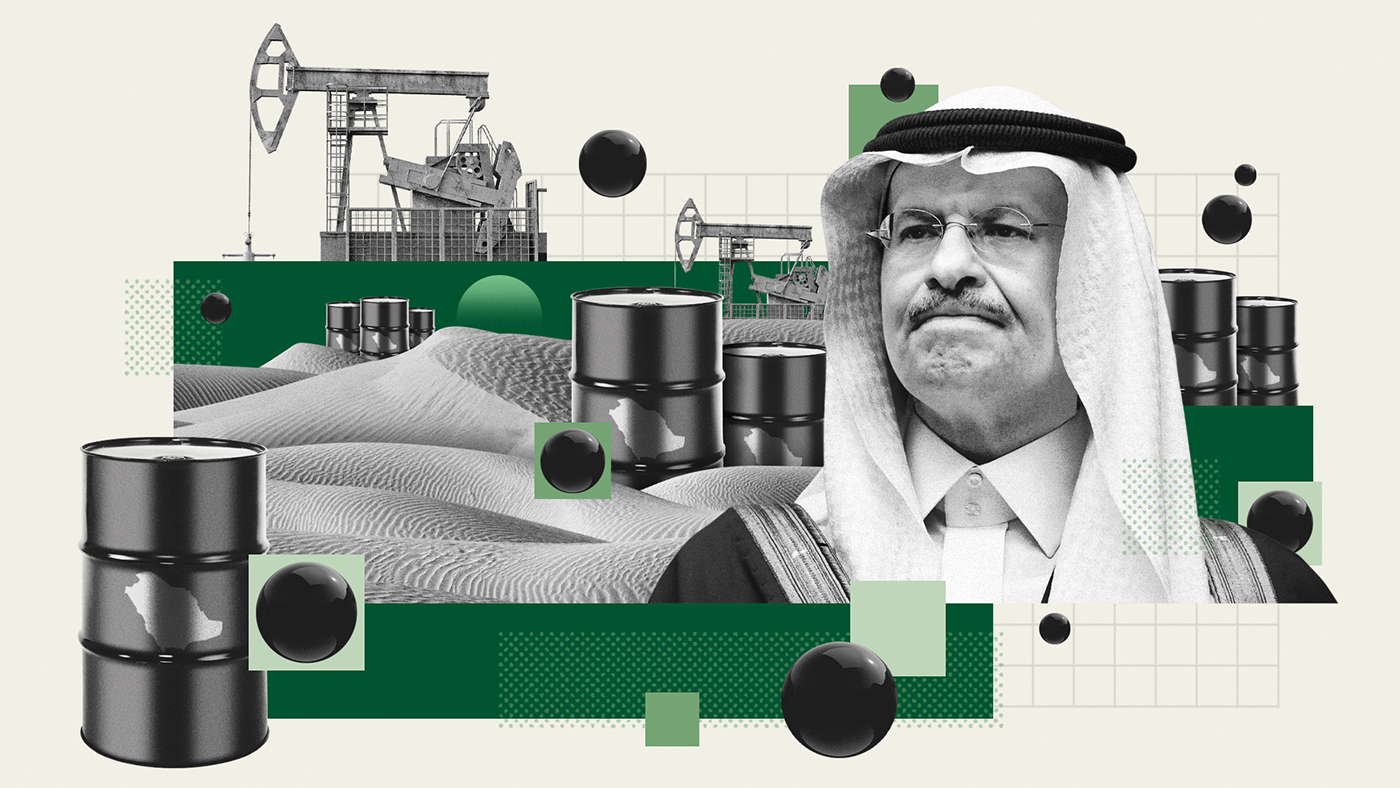 Has Saudi Arabia lost control of oil prices?
Has Saudi Arabia lost control of oil prices?Today's Big Question Kingdom goes it alone to cut production, risking tension with US and reigniting cooling inflation in Europe
-
 US angered by Opec+ oil cut
US angered by Opec+ oil cutSpeed Read Energy prices to rise further as producers slash supply by two million barrels a day
-
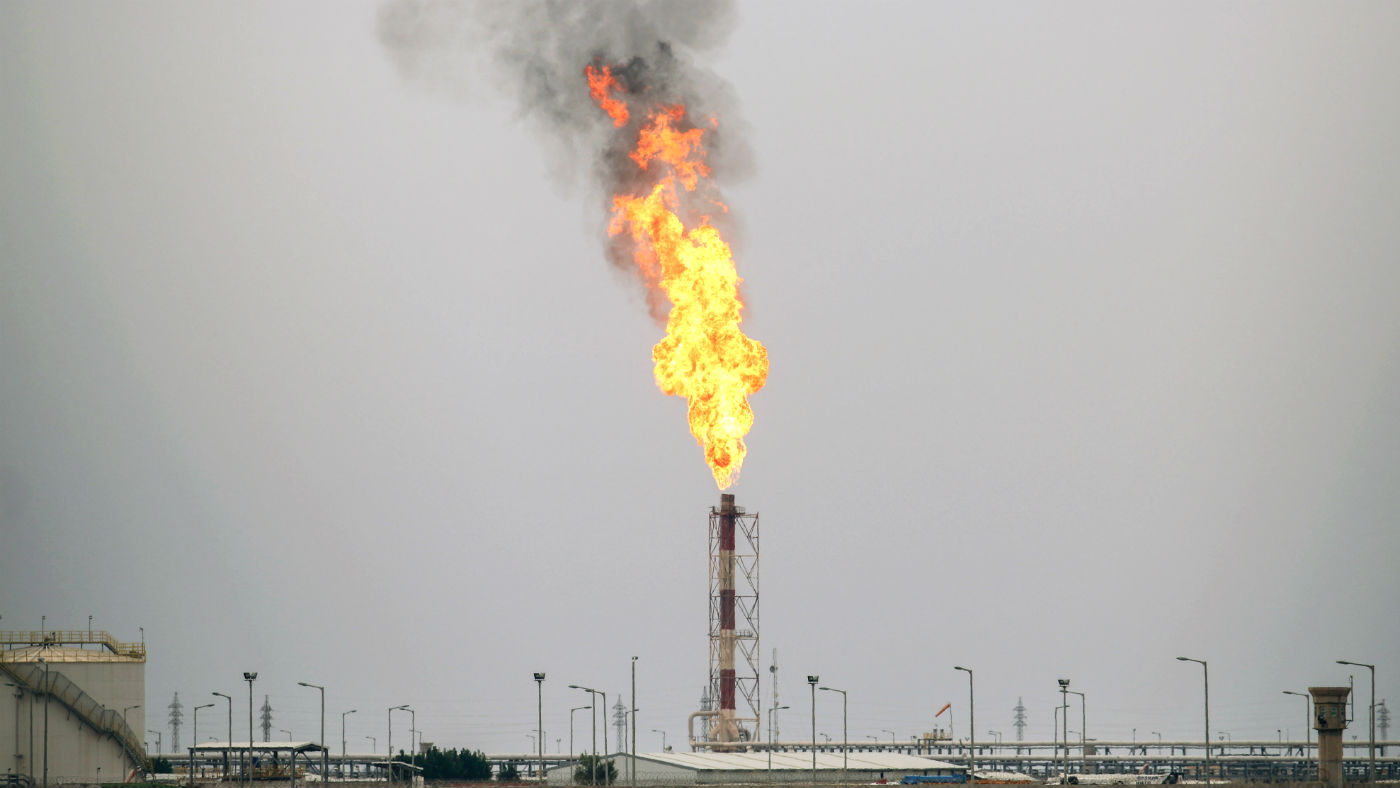 Global oil demand forecast lowered for 2020 and 2021
Global oil demand forecast lowered for 2020 and 2021Speed Read IEA report says jet fuel demand remains the major source of weakness
-
 Are US-Iran tensions flaring again?
Are US-Iran tensions flaring again?In Depth Trump threatens military action over Twitter
-
 Can a deal be struck to raise oil prices?
Can a deal be struck to raise oil prices?In Depth Opec+ will convene today over video link in a bid to boost crude
-
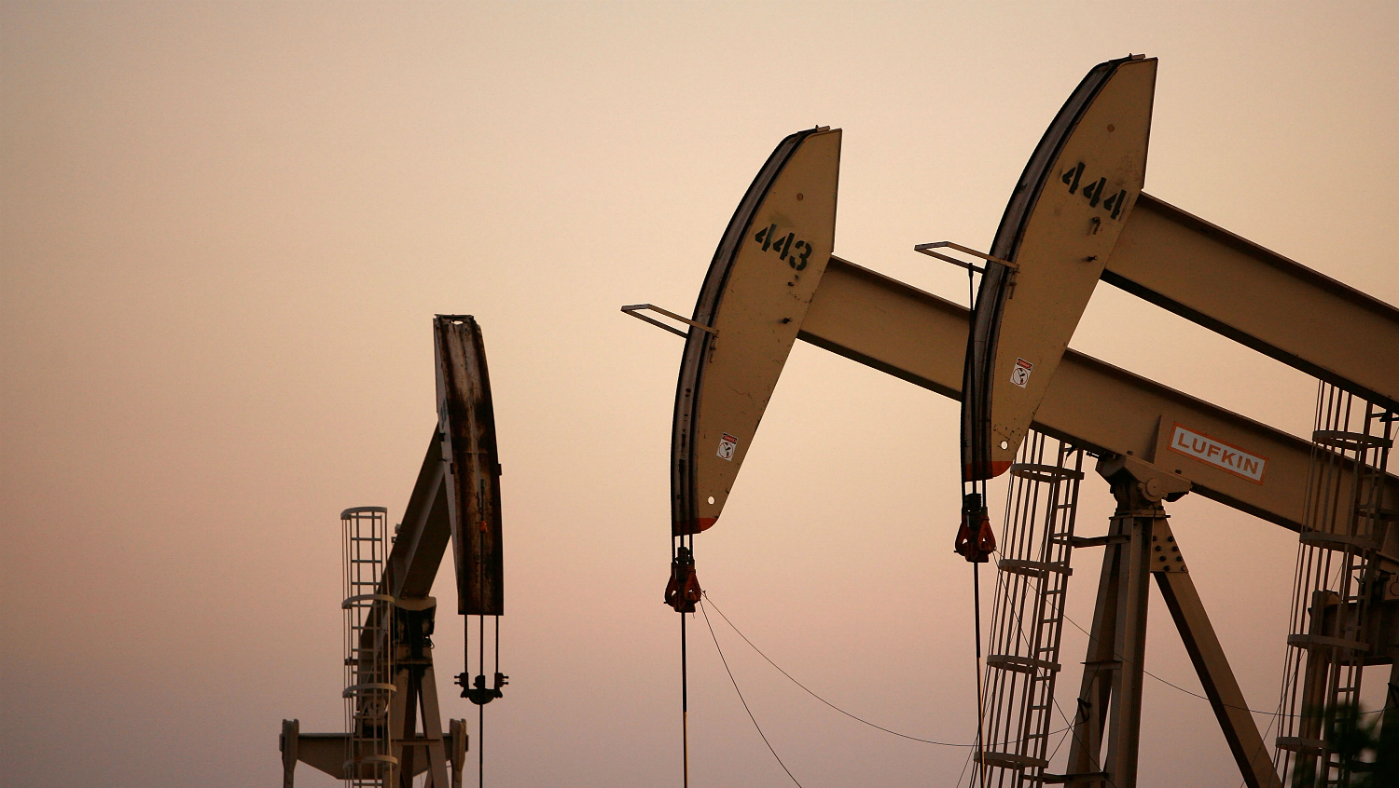 What do negative oil prices mean?
What do negative oil prices mean?In Depth Perfect storm of oversupply and storage shortages sees producers paying to get rid of US crude